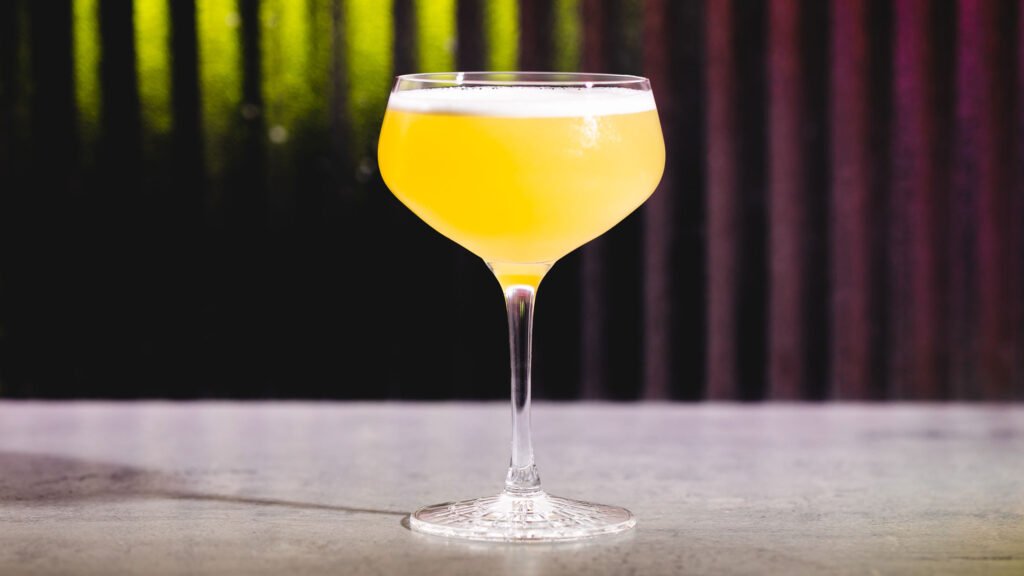[ad_1]
“Tibio, culero, a ojo de buen Cubero, en copa cognaquera.”
“Heat, nasty, measured by the attention, in a Cognac glass”—so goes the cheeky, rhyming recipe for the Piedra, a Mexican cantina cocktail that’s generally known as a hangover remedy. Whoever invented the forceful mix of equal components tequila, fernet and anis (aka anisette or anise liqueur) might clearly drink. Eschewing dilution and exactitude, the Piedra, or “rock,” is an unflinching blow.
“Personally, I discover it tremendous difficult to drink,” says Claudia Cabrera, chief bartender on the Mexico Metropolis bar Kaito del Valle and model ambassador for Fernet-Branca in Mexico. “However will it remedy a rotten hangover? Completely.”
Piedras, like carajillos and banderitas, gained traction in Mexico within the mid 19th-century. These cocktails had been popularized in cantinas, the normal (decidedly male, at first) watering holes of Mexico the place regional elements and the spark of improvisation meet. In modern-day Mexico Metropolis, cantinas stay the spine of the ingesting tradition—everybody has a favourite cantina, typically near their office, every filling up by 5 p.m. Their menus, in the meantime, proceed to be mined for dusty classics by new generations of bartenders.
The Piedra, whose inventor is misplaced to time, is of an period that believed within the illusory advantages of alcohol consumption. The tequila is there, to heat the center. The anis, for well being. The fernet, for digestion—it was the last word cure-all. And sipping one, candy as it’s, lets you really feel the total size of the esophagus, like heat gravel pouring down the throat. Fernet-Vallet, a Mexican model created within the capital within the 1860s by Henri Vallet, a French immigrant and chemist, is likely one of the oldest amaro-style spirits made exterior of Europe. Much less viscous and minty than Fernet-Branca, it lends a pronounced cardamom notice to the cocktail.
On a nook insulated by the road commerce of Mexico Metropolis’s Chinatown sits Cantina Tío Pepe, a bar that has been in operation since 1869. “We promote round three or 5 Piedras a day to principally older patrons,” says Armando Medina, a bartender at Tío Pepe for the previous 15 years. “Nevertheless it does appear to be gaining reputation for some motive.” Medina says there’s additionally a variation of the Piedra, which swaps out tequila for vodka, known as a “Madrazo,” native slang for a devastating wallop. “A Piedra is nice for a hangover, la cruda.” he says. “Nothing extra.”
At this time’s bartenders have tried to melt the drink, serving it over pebble ice, including in lime or a jaunty sprig of mint, maybe. Ice, for a drink that historically has none, has develop into key. And the Piedra has began to journey: On the newly opened Olmo in Brooklyn, the bar switches out the Cognac glass for a highball and provides glowing water to make it extra crushable. Anis Chinchón, a Spanish liqueur made with inexperienced anis and distilled in copper stills, is often used within the drink in Mexico, however just isn’t obtainable within the U.S., so Olmo makes use of sambuca as a substitute.
The Piedra has emerged to develop into not fairly an business handshake, however extra of a wink and an open-handed smack to the face. Softening is inappropriate for this 20th-century curio. Its efficiency defines the drink: a rock is a rock to be a rock.
[ad_2]


